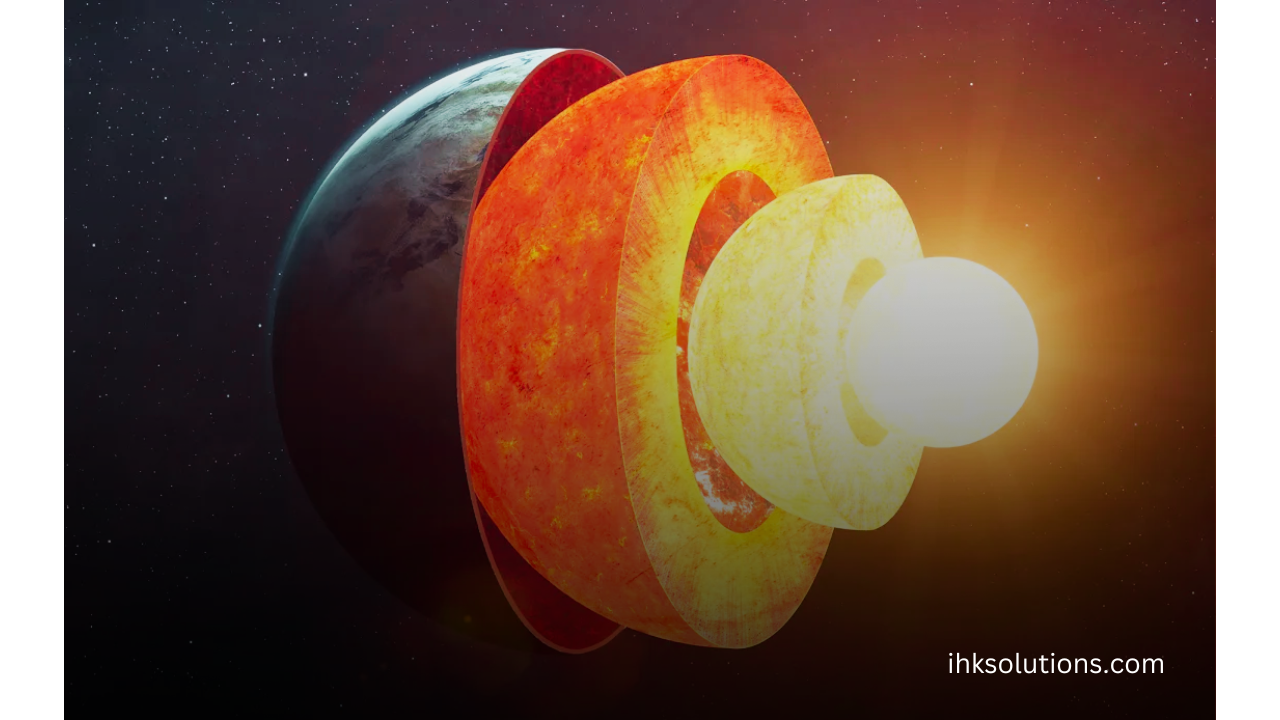Massive Reserves of Helium Discovered in Earth’s Core, Changing Our Understanding of the Planet’s Formation

Massive Reserves of Helium Discovered in Earth’s Core, Changing Our Understanding of the Planet’s Formation
For decades, scientists have been puzzled by traces of primordial helium—³He, a rare isotope—leaking from volcanic rocks in places like Hawaii and Iceland. Unlike the more common ⁴He, which is continuously produced by radioactive decay, ³He does not form naturally on Earth. This led researchers to suspect that it originates from deep within the planet.
A new study in Physical Review Letters presents a surprising idea—Earth’s core might be hiding massive amounts of helium, trapped there for billions of years since our planet first formed.the solar system. A research team from the University of Tokyo, led by Professor Kai Hirose, has shown that helium can bond with iron under extreme pressure, challenging the long-held belief that helium is too chemically inert to form stable compounds.
This discovery changes the way we see Earth’s deep interior and hints that some ancient gases from the early solar system might still be hidden beneath us.This could provide new insights into planetary formation, the origins of Earth’s atmosphere, and the evolution of its core.
—
The High-Pressure Experiment That Changed Everything
To investigate how helium behaves inside Earth, the researchers used an experimental technique that simulates the extreme conditions of the planet’s deep interior. They used a laser-heated diamond anvil cell to subject iron and helium to crushing pressures and scorching temperatures, similar to those found in the lower mantle and outer core.
Professor Hirose explained:
“I’ve spent many years studying the geological and chemical processes that occur deep inside Earth. Given the extreme temperatures and pressures, experiments need to replicate these harsh conditions. That’s why we often use laser-heated diamond anvil cells to apply such pressures to samples and see the results.”
The team applied pressures ranging from 5 to 55 gigapascals—equivalent to 50,000 to 550,000 times atmospheric pressure—and heated the samples to temperatures between 1,000 and 3,000 Kelvin (1,340–4,900°F).
Hirose elaborated:
In this experiment, we pressed iron and helium together under extreme conditions, with pressures ranging from 5 to 55 gigapascals and temperatures between 1,000 and 3,000 Kelvin. These pressures are roughly 50,000 to 550,000 times atmospheric pressure. At the highest temperatures, even iridium—a metal often used in car spark plugs for its high heat resistance—can melt.”
Previous studies had detected only tiny traces of helium mixed with iron—around seven parts per million. But this experiment revealed an astonishing concentration of up to 3.3% helium, 5,000 times higher than previously observed. Even more surprisingly, the helium remained stable within the iron’s crystal structure even after the pressure decreased, suggesting that it could remain trapped in Earth’s core for billions of years.
A color-enhanced image (taken using a technique called secondary ion mass spectrometry) shows an iron sample after being exposed to extreme heat and pressure. The sample is about 50 micrometers wide and 100 micrometers long—roughly the width of a human hair. (Image credit: Hirose et al., 2025, CC-BY-ND)
—
New Evidence for Mysterious Helium Leakage on Earth
The presence of ³He in volcanic rocks has long suggested that some primordial material from the early solar nebula still exists inside Earth. But the big question remained: Where is this helium stored, and how does it escape?
This study offers a compelling answer: Earth’s core itself may act as a massive helium reservoir, slowly releasing the gas through the mantle and bringing it to the surface via volcanic plumes. If true, this means that Earth’s core may still be venting trapped gases from the formation of the solar system, providing a direct link between our planet’s deep interior and its earliest origins.
Beyond helium, this discovery raises an even bigger question: Could other noble gases, such as neon or hydrogen, also be stored in Earth’s core? If so, this could help explain the origins of Earth’s atmosphere and even offer new insights into how water formed on our planet.



